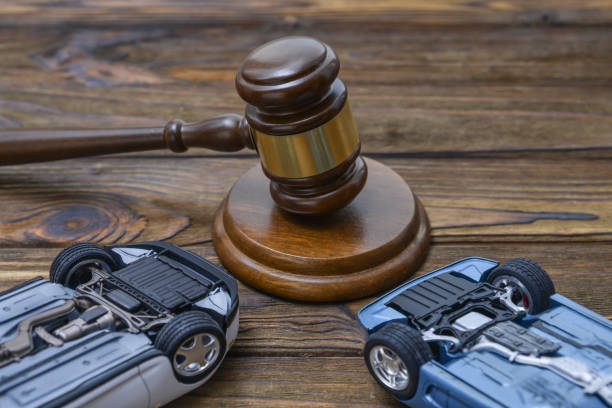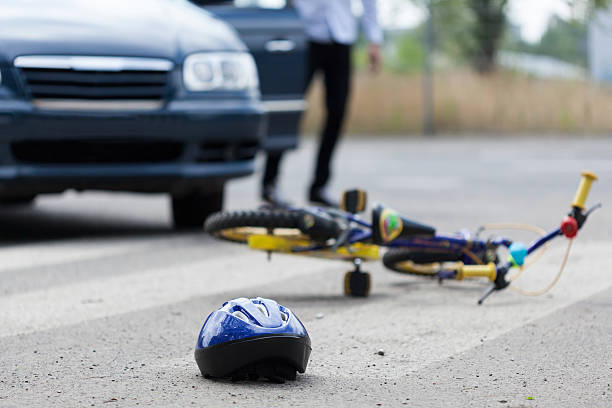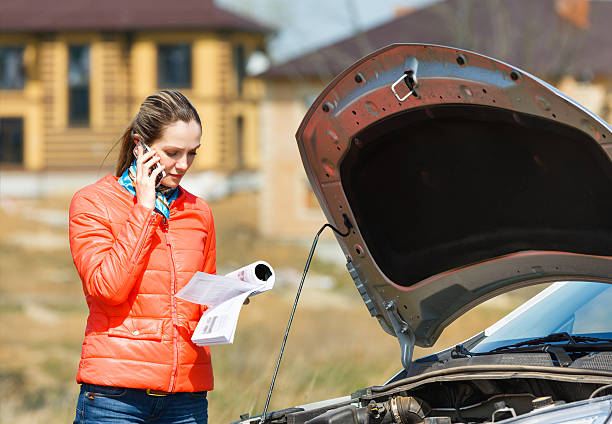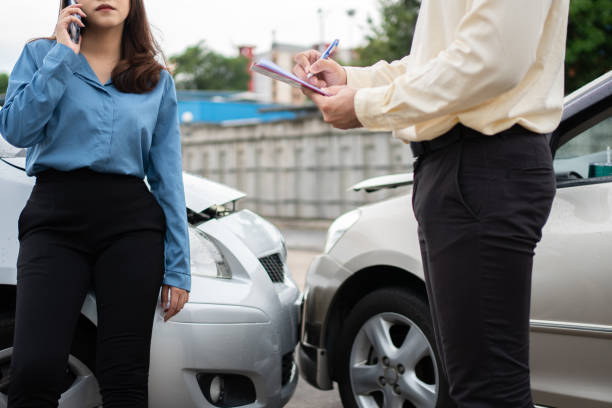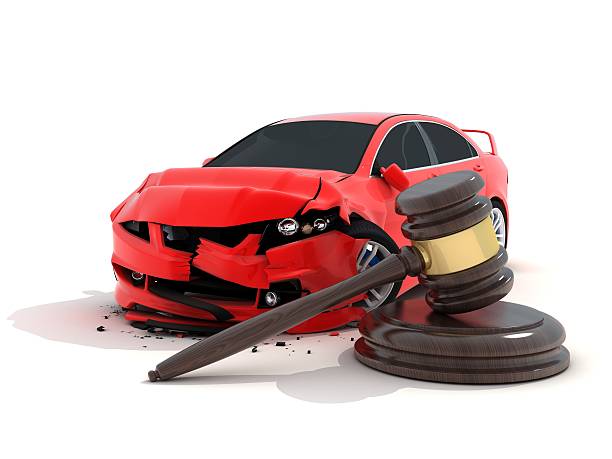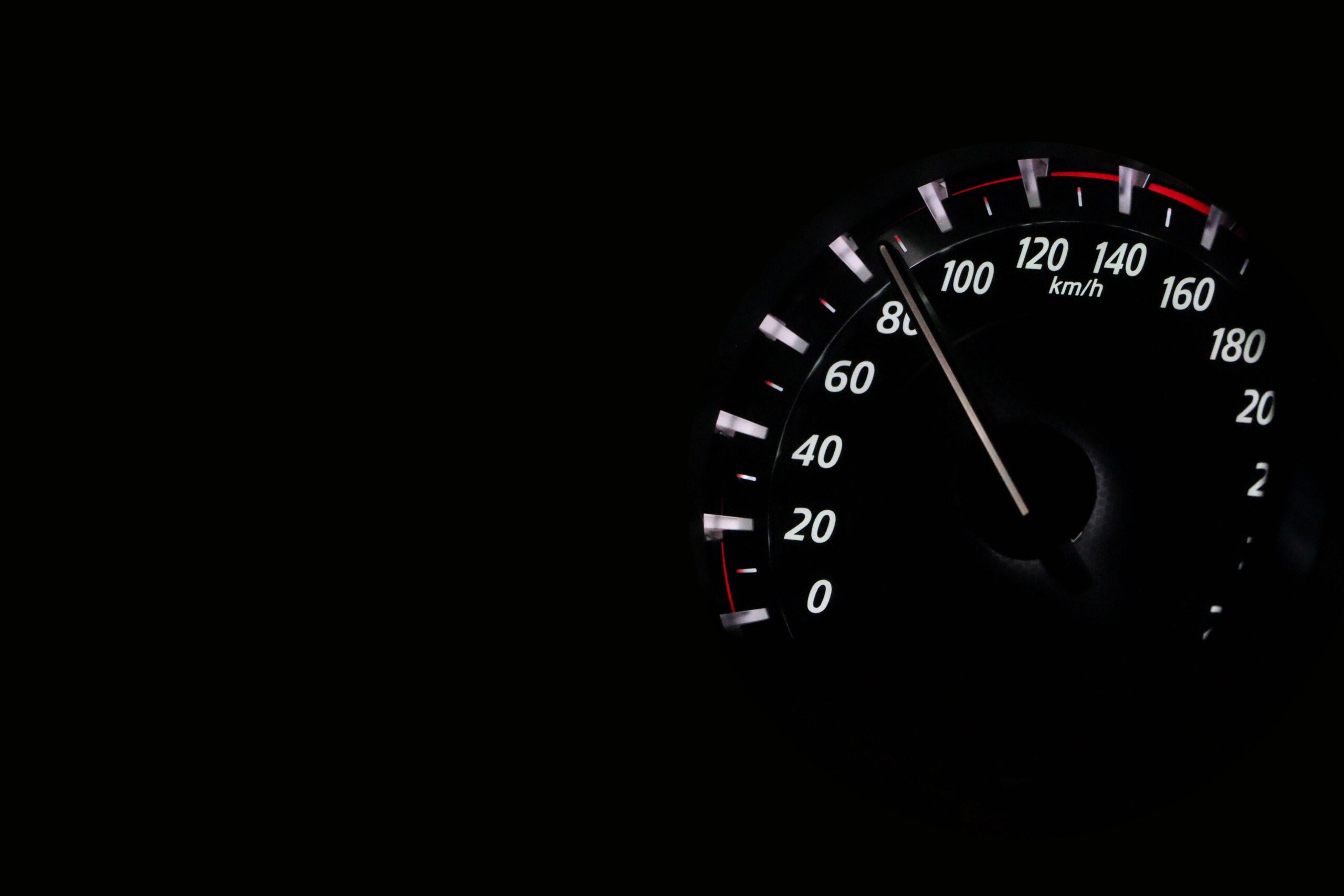
Teenagers’ first forays into the world of driving are both exciting and terrifying. The increased freedom of driving a car comes with a lot of responsibilities. However, many young drivers make mistakes that might lead to accidents.
A Recipe for Disaster

When it comes to young drivers, speeding is a prescription for catastrophe. For young drivers, the temptation of driving quickly, feeling the rush of excitement, and exhibiting proficiency behind the wheel can be alluring. What people frequently fail to comprehend is that excessive speed considerably increases the likelihood of an accident. Driving at fast speeds makes it difficult to retain control, adapt to unforeseen events, and stop in time. Speed restrictions are intended to safeguard the safety of all road users, not to limit the joy of driving. Following these guidelines is critical for avoiding accidents and saving lives.
Distracted Driving – Eyes on the Road
Distracted driving has become a widespread problem among young drivers in the era of technology. While driving, the appeal of cell phones, GPS systems, and entertainment gadgets may be a continual temptation. Texting, making phone calls, modifying music playlists, or even using social media all draw attention away from the road, making it one of the major causes of accidents among young drivers. The single second it takes to read or send a text message might have disastrous consequences. To avoid distracted driving, young drivers must establish the discipline of putting their phones aside while driving and pulling over if they need to use their phones or address any non-driving matters.
Driving Under the Influence – A Grave Mistake
Driving under the influence of alcohol or drugs is one of the most serious and life-changing mistakes that adolescent drivers can make. It is not only unlawful, but it also endangers the driver, passengers, and other road users. Alcohol and drugs impair judgment, response time, and motor abilities, making safe driving difficult. Teenagers may feel compelled to drink or use substances in social circumstances, but they must prioritize their safety and the safety of others by refusing to drive while drunk.
Tailgating – Maintaining Safe Following Distance
Tailgating, or driving too close to the car in front of you. It is a common mistake committed by novice drivers, especially teenagers. Impatience, aggressive driving, or a misunderstanding of permissible following distances are commonly to blame. Driving too close to the automobile in front leaves little room for error. Reducing the driver’s response time in the event of an emergency stop or other situation. Maintaining a safe following distance, which is generally defined in seconds, allows for better traffic flow anticipation. Also, reduces the likelihood of rear-end collisions, and allows drivers ample time to respond to any unexpected changes on the road.
Ignoring Traffic Signals and Signs

Ignoring traffic signals and warnings is a dangerous behavior with serious consequences for teenage drivers and other road users. For traffic order and safety, traffic lights, stop signs, yield signs, and other road signs are required. Failure to heed these warnings can lead to misunderstanding, accidents, and even death. It is vital for young drivers to remain vigilant at all times and to respect all traffic restrictions. Understanding the significance of each signal and sign, and knowing when to stop, yield, or advance. Demonstrating patience and respect for others on the road are all necessary components of safe driving. By obeying traffic signals and signs, teen drivers may contribute to a safer driving environment for everyone.
Failure to Use Seatbelts – A Life-Saving Habit
Seatbelt failure is a dangerous and potentially fatal mistake made by certain adolescent drivers and passengers. Seatbelts are an important component of vehicle safety that have been demonstrated to save lives in the event of an accident. They prevent individuals from being ejected from the vehicle and significantly reduce the risk of injury in the event of a collision. It is upsetting to observe that some teens continue to fail to buckle up, frequently underestimating the possible repercussions. Teenagers must make wearing seatbelts a non-negotiable habit every time they get into a car as responsible drivers and passengers.
Lack of Experience – Gradual Progression
Teenage drivers have a natural lack of experience, which frequently leads to mistakes on the road. While getting a driver’s license is a big accomplishment, it also represents the start of a lifelong learning process. Inexperience can present itself in a variety of ways, including misjudging distances, misunderstanding traffic conditions, and overreacting to minor accidents. Teenagers must gradually improve their driving abilities to become confident and proficient drivers.
Nighttime Driving Challenges
Teenagers and drivers of all ages face special problems when driving at night. Driving after dark can be dangerous due to reduced vision, glare from headlights, and increased weariness. Teenage drivers may find it especially challenging to acclimatize to the reduced visibility at night. To overcome these issues safely, young drivers must exhibit additional caution at night and avoid driving when they are very sleepy.
Overcrowded Vehicles – Know Your Limits
Teenagers frequently have a strong urge to interact and travel with their friends, which can result in packed automobiles. While camaraderie and shared experiences are important, young drivers must be aware of their limitations while transporting passengers. For good reason, several jurisdictions have regulations limiting the number of people a young driver can carry. Overcrowding in a vehicle can cause distractions, limited sight, and trouble managing the vehicle. As a result, the likelihood of an accident rises dramatically.
Aggressive Driving – Keep Calm and Drive On
Tailgating, excessive speeding, weaving through traffic, and road rage are all risky and counterproductive driving practices. Unfortunately, because of their emotional immaturity and lack of experience, some adolescent drivers may be more prone to adopting aggressive driving practices. Young drivers must understand the consequences of aggressive driving and commit to being calm behind the wheel. When dealing with aggressive drivers on the road, it is critical to avoid confrontation and instead concentrate on defensive driving methods.




